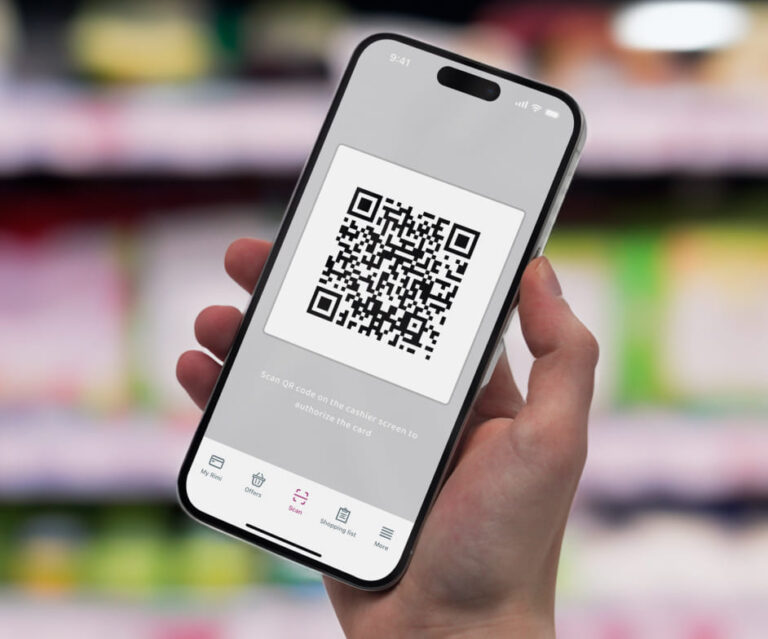Integrate fast and reliable Barcode Scanning Document Scanning Data Capture into your mobile apps and website
Get started with your trusted partner for Barcode Scanning, Document Scanning, and Data Capture
No email required for testing
Test all features free for 7 days
Enterprises that use our solutions
Barcode Scanner Software
Scanbot SDK offers the widest range of barcode technologies to cover any use case. You will enjoy a fast, reliable, and accurate barcode scanning solution to create the kind of customer and employee experiences that make all the difference.
Available for
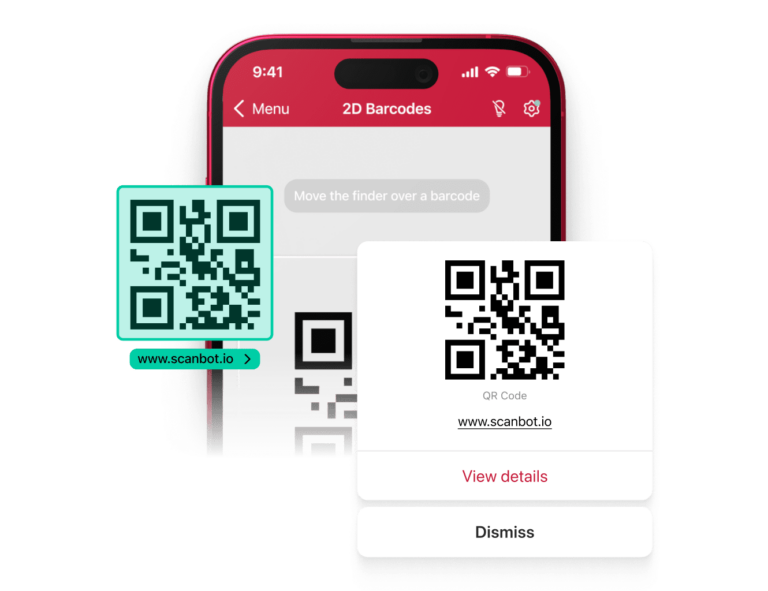
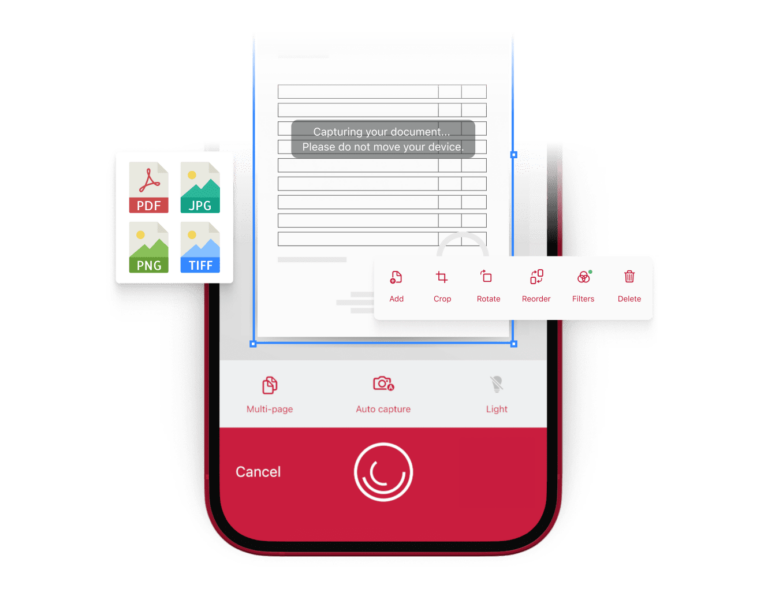
Document Scanner Software
With Scanbot SDK’s Document Scanning Software, you can avoid the clunky processes of manual document submission and review. You will transform physical documents into high-quality input for your backend solutions. In just seconds.
Available for
Data Capture Software
From cost-heavy and error-prone manual data entry to automatic processing. Scanbot SDK’s Data Capture Software helps integrate data extraction features to mobile apps, extracting data as key-value pairs from ID & EHIC cards and other structured documents.
Available for
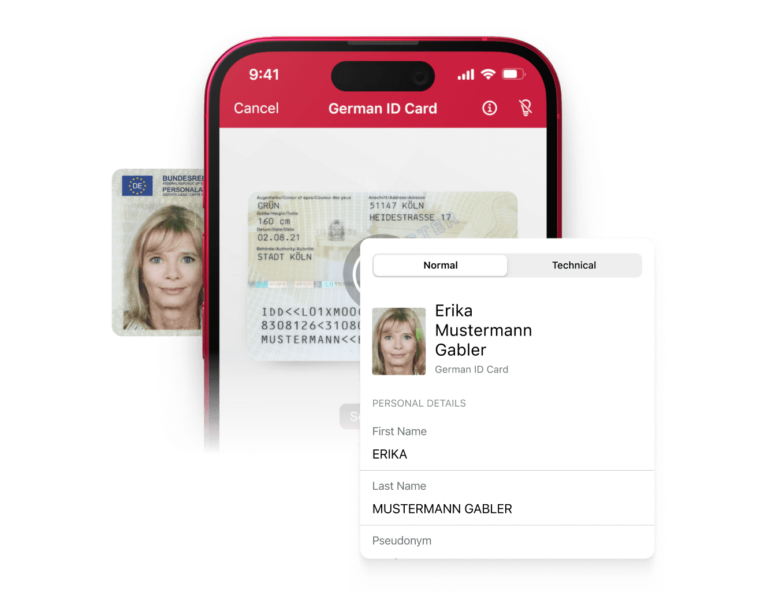
Why 250+ enterprises choose Scanbot SDK
Fixed price
Fixed yearly fee, regardless of the number of devices, scans, or downloads.
Fast & reliable
Ensuring rapid performance and robustness is crucial for effective mobile data capture.
Integration within hours
Experience instant results by integrating our SDKs within just a few hours.
Discover our customers’ success stories
See all success stories
Digital scanning of recovery documents in milliseconds – for the highest customer satisfaction
Read Story

How Rimi Baltic reduced its Scan & Go costs by 90% using the Scanbot SDK
Read Story

Reduced employee document transmission time from 3 days to 3 minutes
Read Story
Because mobile data capture just needs to work fast and be resilient
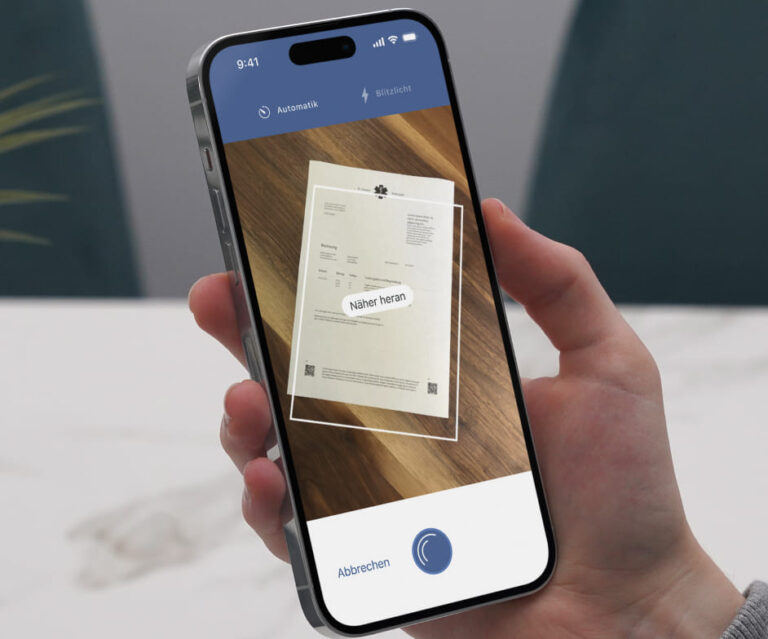
Increase automatic claims processing with high-quality document submissions
With our solution, AXA’s insureds can easily scan and submit claims documents online. Thanks to the SDK’s quality-enhancing features and easy-to-use interface, insureds create high-quality scans with ease.
Available for iOS & Android
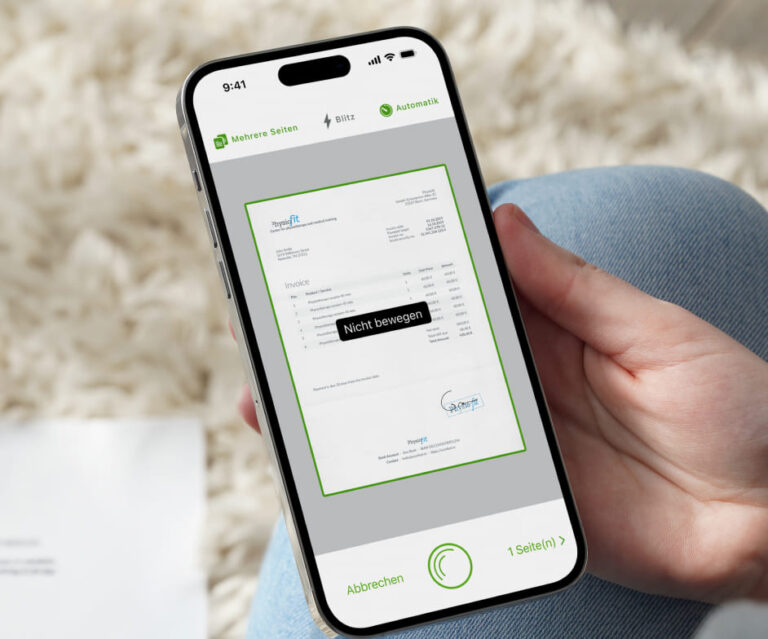
Would you like to know more about our pricing?
Get in touch with us and receive more pricing details within a day.


